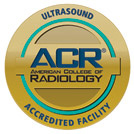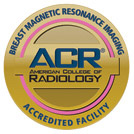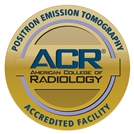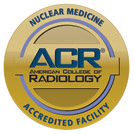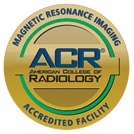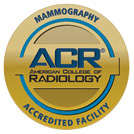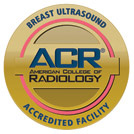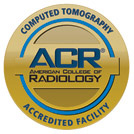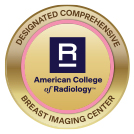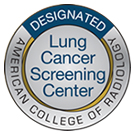For detailed images of the small intestines, a doctor may request a patient undergo computed tomography (CT) enterography. A patient drinks a solution with contrast material in advance of the procedure, which uses advanced X-ray equipment to capture images of the abdomen and pelvis.
What is CT Enterography?
Compared to other imaging procedures for the small intestines, CT enterography covers the full thickness of the bowel wall. These high-resolution images help a radiologist identity possible bowel issues, including obstructions, inflammation, bleeding and Crohn’s disease. CT technology gives a more detailed picture of tissues, organs and blood vessels and can take several shots in a single pass.
To undergo the scan, a patient lies on a table that passes through the center of a large, circle-shaped machine. As you pass through the tunnel, an X-ray tube and detector are positioned on a gantry. As the detectors rotate, these devices emit X-ray beams absorbed by the body to produce 2 or 3D images. Compared to other exams, CT enterography:
Compared to other exams of the small intestines, CT enterography:
- Is a less invasive way to rule out or diagnose certain bowel and abdominal conditions.
- Results often eliminate the need for video capsule endoscopy (VCE), known for potential complications.
- Delivers clearer images than an MRI and can be used for patients with an implanted medical device.
Who Should Have This Procedure?
A doctor may request CT enterography to see if a patient has one of the following ailments:
- Inflammation within the small bowels
- Source of bleeding within the small bowel
- Tumors in the small bowels
- Abscesses
- Fistulas
- Bowel obstruction
Images may help your doctor identify Crohn’s disease and create a treatment plan based on the condition’s location, severity and potential complications.
What You Can Expect
Prior to the procedure, inform the technologist if you are or could be pregnant. Discuss any medications, recent illnesses and long-term medical conditions, especially if you have a history of heart disease, kidney disease, thyroid problems, diabetes or asthma.
If you have a known allergy to the contrast dye, medication taken at least 12 hours before the exam can reduce chances of a reaction.
Before the procedure, you’ll be expected to drink 1 to 1.5 liters of a liquid containing the contrast material over 45 minutes. The liquid fills and expands the small intestine by the time the procedure begins, making abnormalities clearer.
The day of the procedure, arrive in loose, comfortable clothing and keep all metal objects at home.
Once your exam is complete, you can go back to your normal day-to-day activities.
Has your doctor requested CT enterography? Contact us to make an appointment today!





